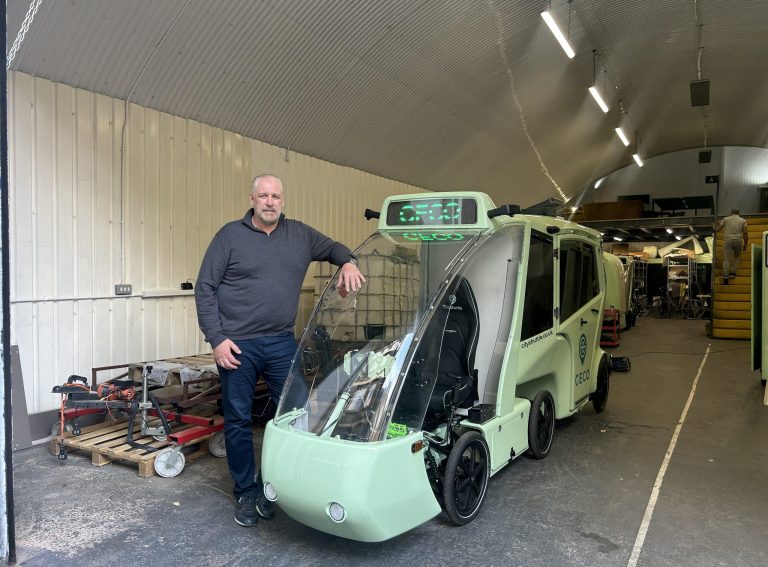The New Urban Mobility (NUMO) alliance has released a guide to help cities evaluate the environmental impact of shared micromobility services.
NUMO is a global alliance of cities, NGOs, companies, mobility service operators and community advocates from diverse sectors that promote sustainable and fair urban mobility.
Titled ‘Assessing the Environmental Impact of Shared Micromobility Services: A Guide for Cities’, the paper aims to standardise the micromobility life cycle emissions assessments (LCA) and provide actionable, comparable data for city decision-makers.
As there is no standard today, operators may respond to cities’ licensing process requests with information based on different assumptions that cannot be directly compared.
The lack of standardisation and comparability often means that the environmental impact data cannot be incorporated into a city’s decisions.
This also represents a problem for the operators, as they have less assurance that efforts such as reducing emissions by incorporating recycled materials will benefit them in selective processes.
“A more standard approach to life cycle emissions assessments for micromobility gives operators peace of mind that they will be compared fairly to their peers,” NUMO Research Associate Leah Lazer told Zag Daily. “Rather than being inadvertently penalised for being more transparent or thorough.”
Guide to calculations
According to Lazer, the study found that it would not make sense for cities to ask operators to report the amount of emissions saved by riding one of their vehicles.
“This number would depend on what mode the micromobility trip replaced, but that varies much more by the city than by operator,” said Lazer. “It seems to depend mainly on the modal split in the city, quality of infrastructure for active mobility, the typical length of trips and other city-specific factors.”
The study points out that cities should conduct such calculations as operators can influence mode shift to a limited extent.
“Operators are best positioned to report the CO2e per passenger-kilometre on a life cycle basis (CO2e/pkm),” said Lazer. “In other words, all the greenhouse gas emissions associated with the full life cycle of micromobility vehicles are divided by the total distance the vehicle will travel in its lifetime.”
The guide was developed with input from representatives from city governments, micromobility operators and experts from North America and Europe.
It builds from existing LCA standards and presents the best practices tailored specifically to micromobility.
Structured around three main use cases, the study guides policy-makers on how to compare micromobility operators to each other, to other transportation modes and estimate the net GHG emissions and wider impact.










